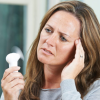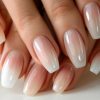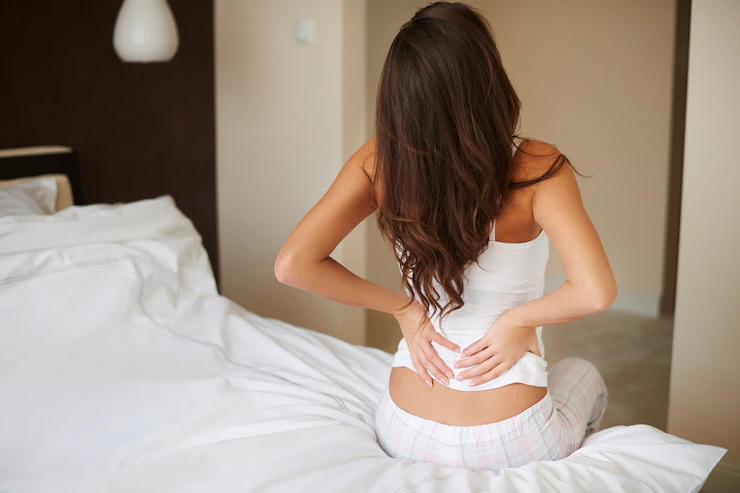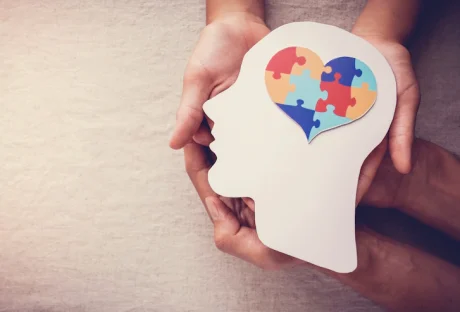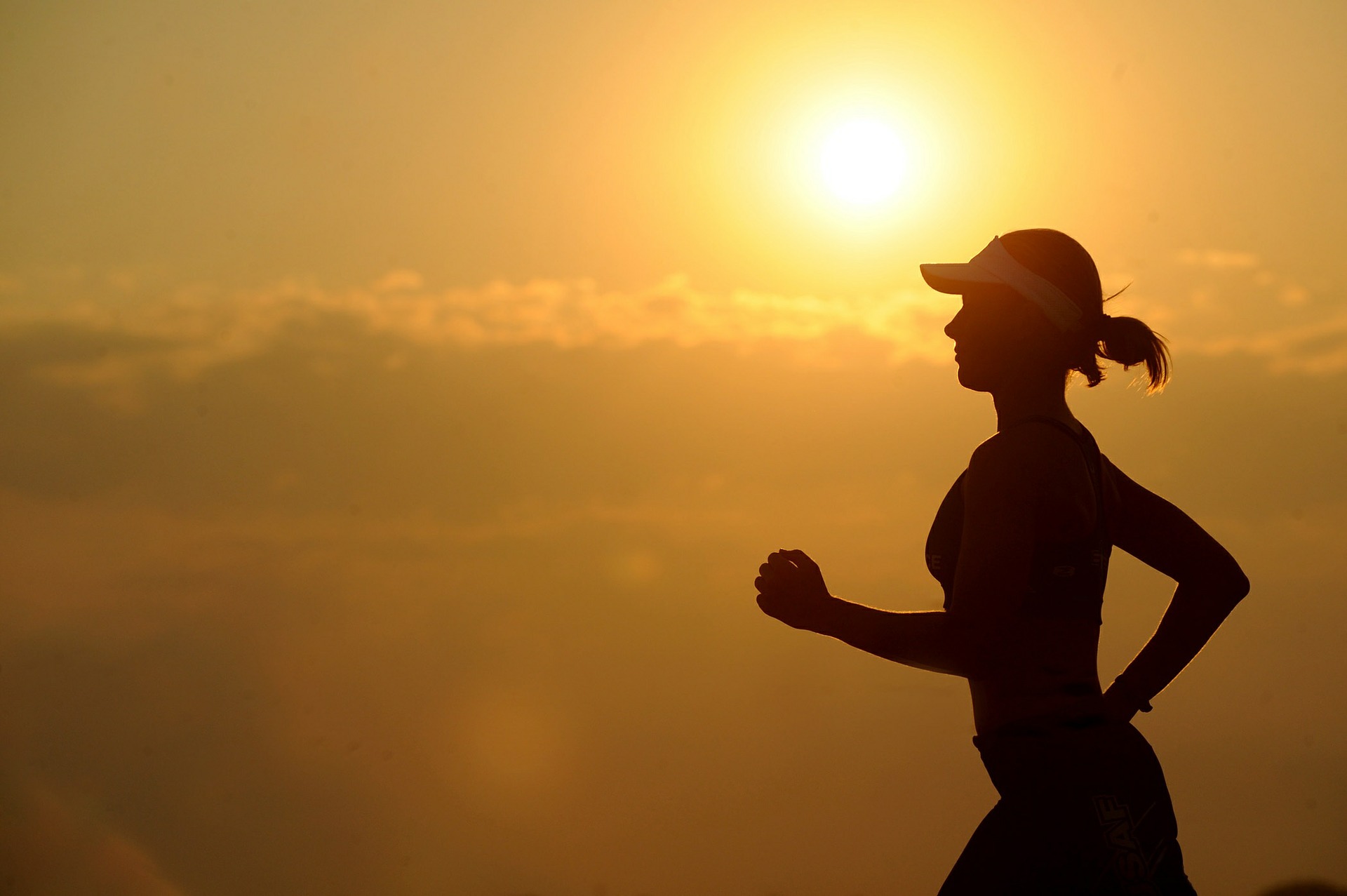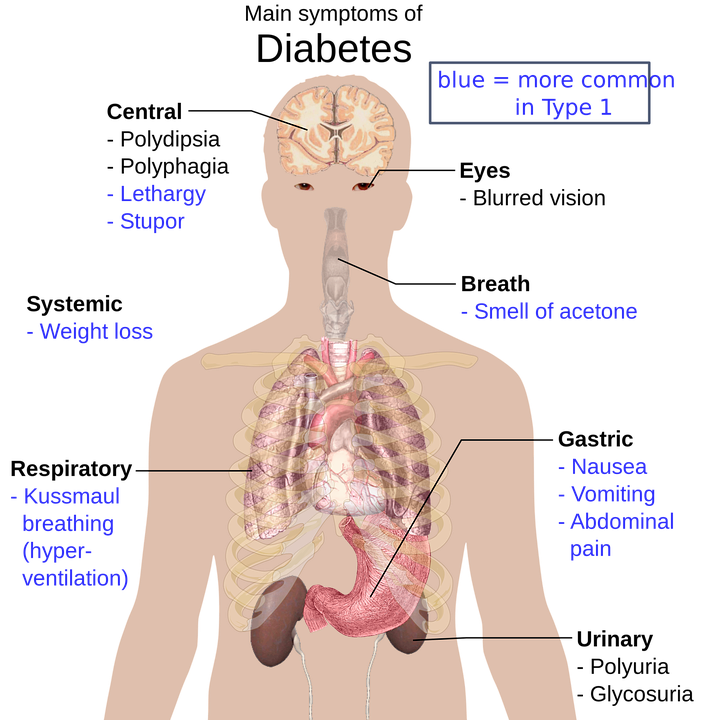Back pain is a common issue, especially as you age. But, it’s not just older people that suffer, back pain can be caused by physically demanding jobs, poor training techniques, and trauma; In short, anyone can be affected and as many as 4 million Australians live with back problems.
The good news is that many cases of back pain can be treated and life quality can be maintained. Treatment options range from over-the-counter pain medication to an operation performed by a reputable spine surgeon.
Naturally, the best way to deal with back pain is to avoid it as much as possible.
A few simple changes to your lifestyle can make a surprising difference.
1. Avoid Sitting For Too Long

Your spine is a complex structure consisting of individual vertebrae separated by soft discs. This setup allows you to flex in most directions while supporting your body in an upright position.
The spine also has a hole running through the middle of it, creating a pathway for lots of nerves and protecting them.
When you sit the vertebrae move downward, with most of the pressure of your body sitting on the lower few vertebrae and discs.
When your spine is functioning normally the discos will actually inflate and deflate, allowing nutrients in and toxins out. But, when you sit the discs are compressed, toxins aren’t removed, and your back will start to cramp. Over time this develops into constant aches and pains.
2. Lifting Incorrectly
Professional weightlifters know that lifting is all about the legs. But, you don’t need to be a professional weightlifter to pick things up. It doesn’t even have to be heavy to damage your back.
Simply bending incorrectly and lifting something places excessive strain on your back. It can result in inflammation of the discs or even moving them. That means you’ll be in a lot of pain.
Related Resource: 7 Simple Exercises That Can Relieve Back Pain In No Time
3. The Wrong Shoes

His mainly applies to women as high heels are one of the worst shoes you can wear for your back. By lifting your feet to an angle, high heels change the way your weight is distributed and reduce the support your feet offer to your back.
This means your spine will shift position slightly to accommodate the strain. It can result in a variety of aches and pains as your body moves in ways it’s not supposed to.
4. Posture
It’s inevitable that posture will be mentioned. Many people sit all day at a computer screen and, without meaning to, will hunch forward to see the screen or concentrate on a specific task.
The longer you adopt an incorrect posture the more likely it is you’ll affect the curvature of your spine and potentially create an array of back problems for the future.
If you stand all day keep your knees slightly bent and your weight on the balls of your feet. Sitting all day means keeping your feet flat on the floor and keeping your arms parallel to the ground. These small changes in habits can stop or prevent back pain from happening.
Read Also:

